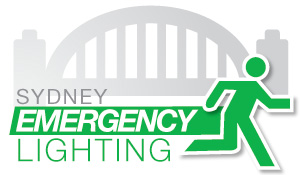On 14 June 2017, a fire ignited in a refrigerator on the 4th floor of Grenfell Tower in North Kensington. What began as a small electrical fault rapidly engulfed the entire 24‑storey block, fueled by combustible external cladding and inadequate compartmentation, tragically claiming 72 lives and injuring dozens more (en.wikipedia.org).
What Happened
- First emergency call at 00:54 BST; blaze burned for about 60 hours (en.wikipedia.org, independent.co.uk).
- Fire spread vertically via facade – aluminium composite panels with polyethylene cores, plus combustible insulation and gaps – enabled rapid vertical fire spread (en.wikipedia.org).
- Residents trapped by smoke-filled central stairwell and lifts, hindering escape .
Contributing Failures
- Cladding & insulation: Polyethylene‑filled cladding and unsealed cavities violated fire compartmentation standards (en.wikipedia.org).
- Regulatory weaknesses: Flaws in Approved Document B, fire safety oversight, and building control.
- Neglected warnings: Experts raised concerns years earlier about flammable cladding and lack of sprinkler systems, but deregulation and cost‑cutting ignored them .
Fire Safety Reforms
- In February 2025, the UK Government accepted all 58 inquiry recommendations: new product safety rules, strengthened regulator, tenant protections, procurement sanctions (gov.uk).
- Measures include: banning combustible materials on high‑rises, revamping Approved Document B, establishing the Building Safety Regulator, emergency second staircase consideration (business.itn.co.uk).
- London Fire Brigade has implemented all 29 Phase 1 recommendations: upgraded firefighter training, incident response, and new high‑reach equipment (london-fire.gov.uk).
Lessons for Fire Safety
- Regulate materials proactively – No more combustible panels or insulation on residential towers.
- Compartmentation matters – Ensure block integrity: fire doors, intact cavity barriers, sealed installations.
- Active safety systems – Mandate sprinklers and reliable alarms in high‑risk buildings.
- Empower residents – Tenants need mechanisms to challenge non‑compliance and demand remediation.
- Enforce accountability – Robust oversight, regulated debarment of negligent organizations.
- Prepare for the worst – Mandatory evacuation plans, regular drills, accessible fire safety info.
The Grenfell Tower disaster was not merely a failure of materials—it was a failure of policy, regulation, accountability, and compassion. While progress has been made, the ongoing presence of unsafe buildings reminds us how far we still must go. True fire safety means combining robust engineering, strict regulation, active systems, and empowered communities. We must ensure “never again” is more than a promise—it’s practice.
